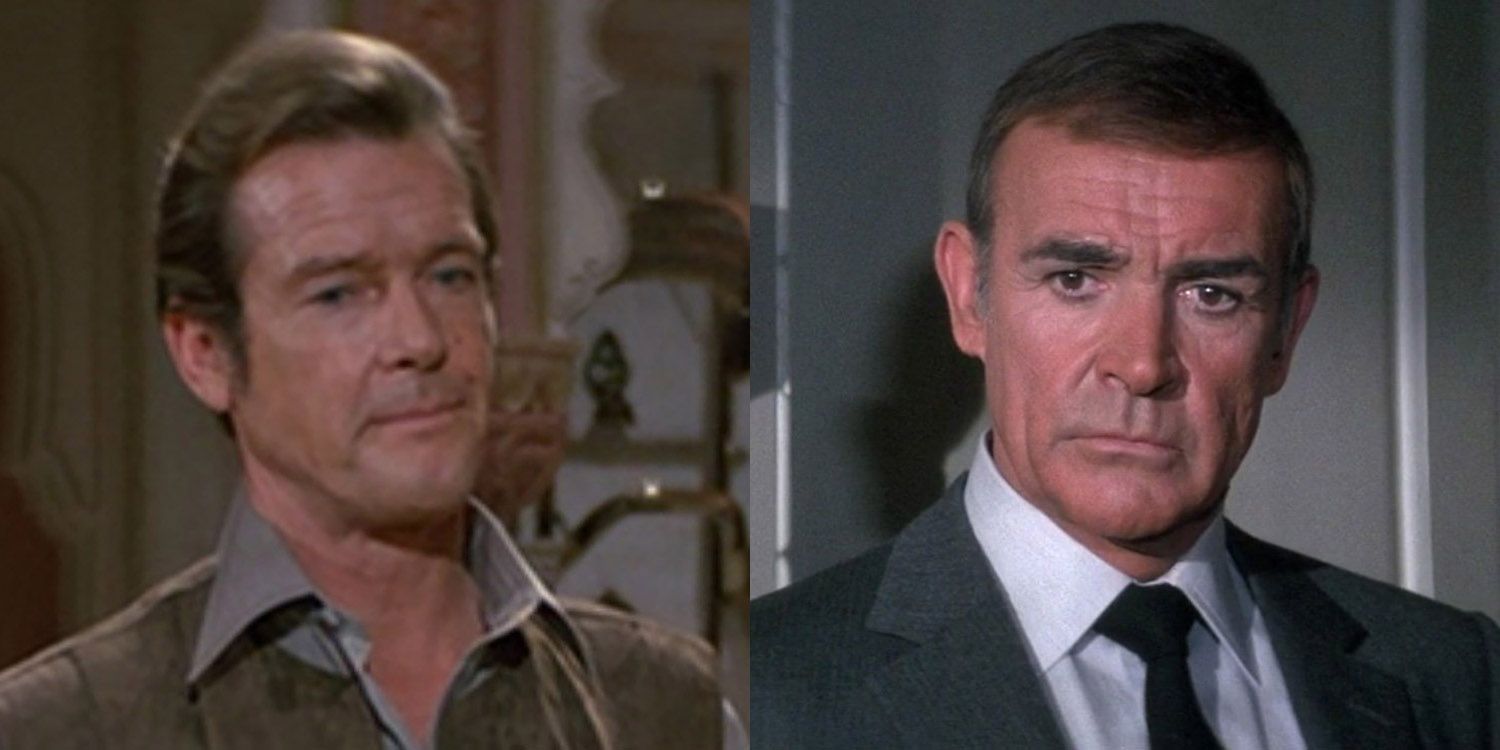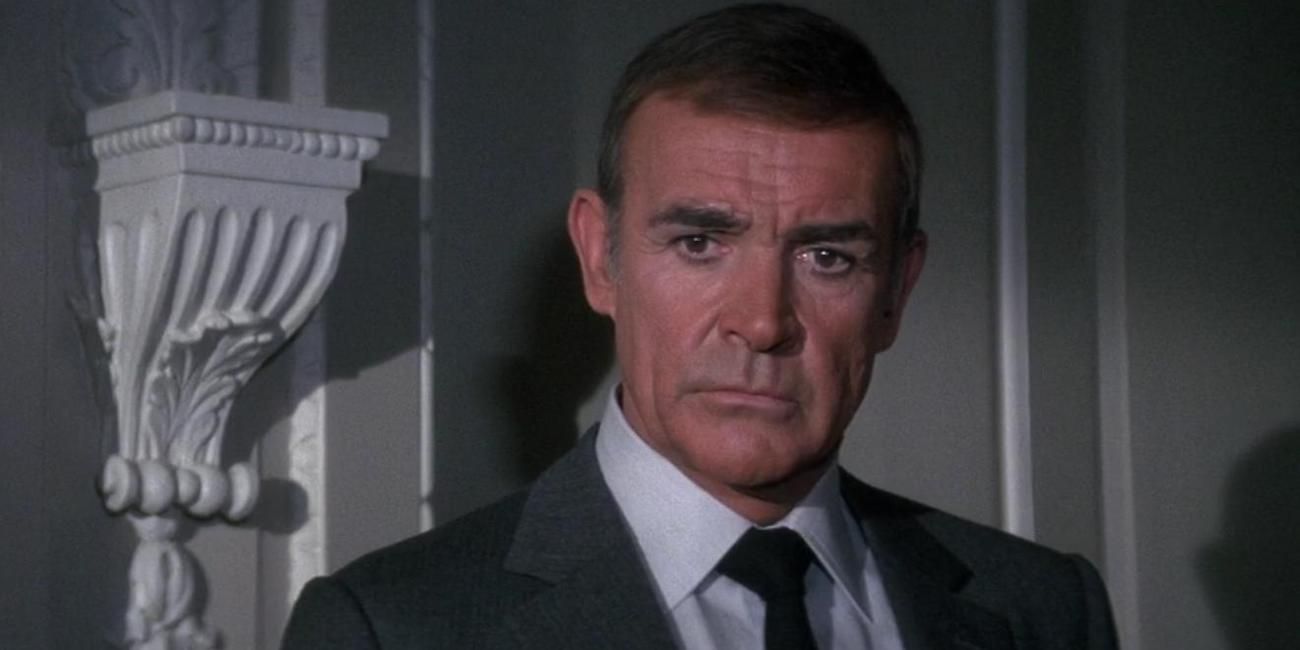1983 is the only year in history that produced two James Bond titles: Octopussy in June and Never Say Never Again in October. With the release of No Time To Die just over a month away, it's a good time to revisit an odd year in the 007 canon. While both 007 filmes featured the titular hero, only one of them – Octopussy – is a "real" 007 movie and an official member of the franchise. The two separate releases were the result of a legal battle involving Eon Productions, which produced every James Bond film since the franchise's inception — other than Never Say Never Again.
Octopussy was a traditional release under Eon, produced by Albert "Cubby" Broccoli and starring Roger Moore, his sixth Bond film. In the previous entry in the franchise, For Your Eyes Only, the villainous Ernst Stavro Blofeld appears to plummet to his death in the opening title sequence, although his name is never explicitly mentioned. Octopussy introduces a number of new faces, including the title character, played by Maud Adams. The film made $187.5 million at the box office, although reviews were mixed.
Four months later, Never Say Never Again hit theaters, and it was strange for a number of reasons. For one, it had Sean Connery in the title role, who hadn't played James Bond since Diamonds Are Forever in 1971. 12 years later, he was back, playing an aging Bond in a narrative that was entirely incongruous with the Moore films. The film also featured an identical plot to Thunderball, which was both an Ian Fleming Bond novel and a Connery film released in 1965. It was not produced by Eon or Broccoli, released by Warner Bros. instead. Furthermore, Blofeld, who was allegedly killed off in the previous Moore film, was back as the film's villain.
The key events surrounding this odd moment in Bond history went back to the early 1960s. Fleming had worked with film producer Kevin McClory on a script for a potential Bond film, but they had to abandon it due to high production costs. Fleming then went on to turn the idea into his Thunderball novel, and didn't credit McClory or Jack Whittingham, who also worked on the script. McClory sued Fleming in High Court for breach of copyright, and ended up settling two years later. When Eon Productions began producing the Bond films, they gave him a production credit on the Thunderball film, and the right to film a second adaptation of the novel after ten years had passed.
That second adaptation became Never Say Never Again. The film went through a number of production speed bumps and copyright issues, with Connery only officially coming on board when producer Jack Schwartzman recruited him. But it was finally released in 1983, mere months after Octopussy. And while it ultimately earned less than the prior film at the box office, it actually had a better opening weekend, grossing $10.9 million against Octopussy's $8.9 million. It also garnered better reviews, with critics praising Connery's return and the new formula of portraying an aging Bond. In contrast, Octopussy was considered long and convoluted, with mixed opinions surrounding the titular Bond girl.
Never Say Never Again also featured Blofeld as a villain again (played by Max Von Sydow), and would be the last time until 2015's Spectre. This wasn't an accident; as a result of the legal battle, Eon Productions lost the rights to the character to McClory, as he was a central figure in Thunderball. MGM and Eon didn't regain the rights to the character until 2013, at which point they rebooted the character for the Daniel Craig films, casting Christoph Waltz.


